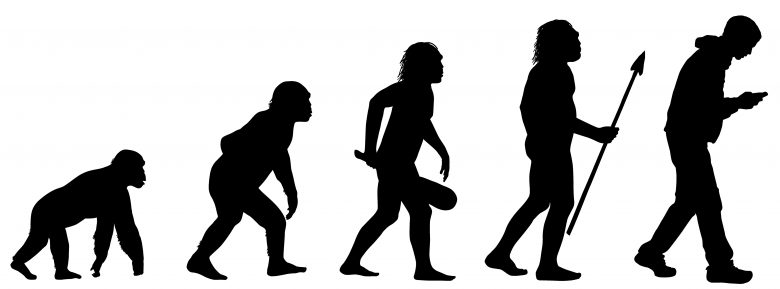In a world where technology is supposed to make things better, could it actually make our posture worse? With the risk of text neck becoming an epidemic, it’s a very real possibility.
There are almost as many cellphone subscriptions as there are people on this earth. And the risk of text neck is not just limited to cell phone use. Tablets, game consoles, e-readers, laptops—the list goes on—cause people to be hunched over their devices for countless hours per day.
According to Dr. Robert Cannon, the head is remarkably heavy, weighing 12–14 lbs on average. To demonstrate his point, he tells participants in his training sessions to imagine their head is a bowling ball sitting on top of their neck. When it is directly over their body and the neck and back are straight, the head is completely balanced and requires no effort to hold it up.
In fact, this posture allows people to stand for long durations without discomfort. Now think about what happens when that bowling ball moves forward over the body to stare down at a cell phone—it is no longer perfectly balanced, becoming heavier and causing muscle strain and intense pressure on the neck and spine.
The problem isn’t just the use of devices in our leisure time. Incorrect posture while working puts pressure on the entire body and strain muscles, tendons and ligaments. Repetition can lead to fatigue, and eventually, pain and discomfort. This type of bodily discomfort can occur even if the level of bodily force is low and the work postures aren’t overly awkward.
Completing even basic tasks for a long period of time can aggravate the body. More than ever, people need to focus on musculoskeletal disorders and how they can be prevented. Even though you may not feel the impact immediately, irreversible damage is caused by repetitive strain on your body.
How do you know?
Particular attention should be paid when tasks at work include repetition, force or poor body position. Most people have a tendency to discredit the resulting discomfort and chalk it up to getting older or being out of shape. Which is unfortunate, because back pain, neck pain and muscle strains are the body’s way of saying that something is wrong.
Human factors exacerbate the problem. Many workers ignore their fatigue when trying to “stick it out” to get the job done. If they’re rushing to get the job done, added force could be put on the body. Complacency is also a significant contributor to ergonomic-related injuries. Even if they’ve received ergonomics instruction and have the benefit of well-intentioned engineering solutions, over time employees can forget their training and can become comfortable with an awkward position, chair or workstation.
What can you do?
- Training. It’s important that employees know the symptoms of MSDs and how important ergonomic training is. They should be able to recognize the symptoms when they experience them. Training also needs to provide an awareness of the human factors mentioned above.
- Take Breaks. Frequent breaks will allow the body to rest; switching tasks could also provide a break from the current action and prevent repetitive strain injury.
- Move/Change Positions and Stretch. Encourage workers to get up and move around or take stretch breaks every 30 minutes.
- Use Appropriate Equipment/Procedures. Establish procedures and use equipment that minimize bodily strain, whether it’s ergonomically correct workstations or making adjustments to the way duties are performed.

